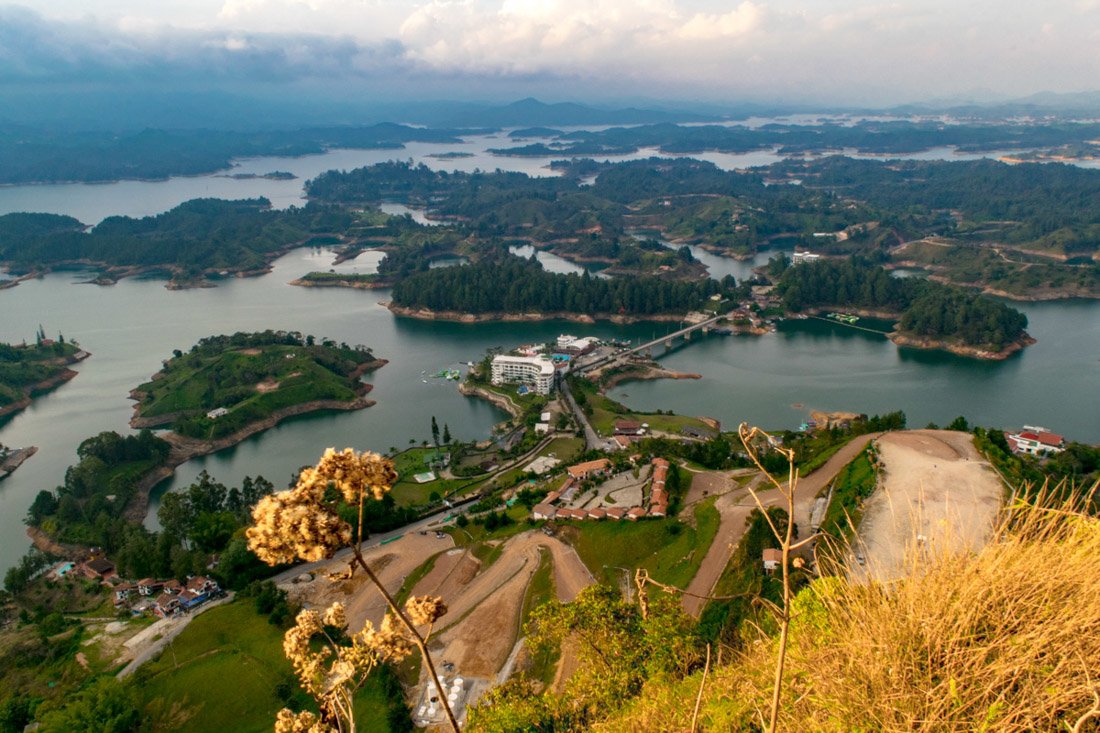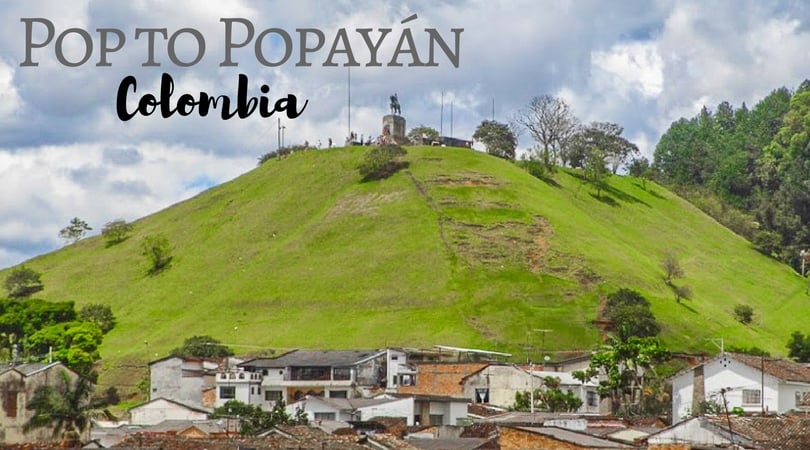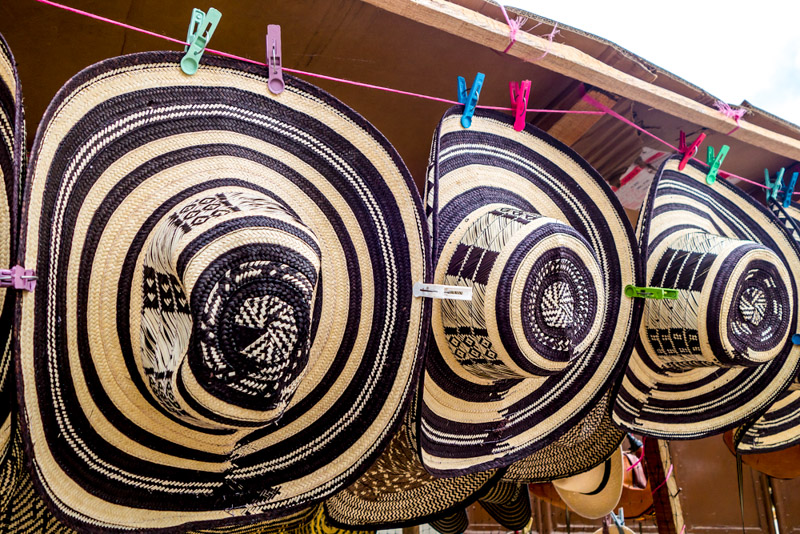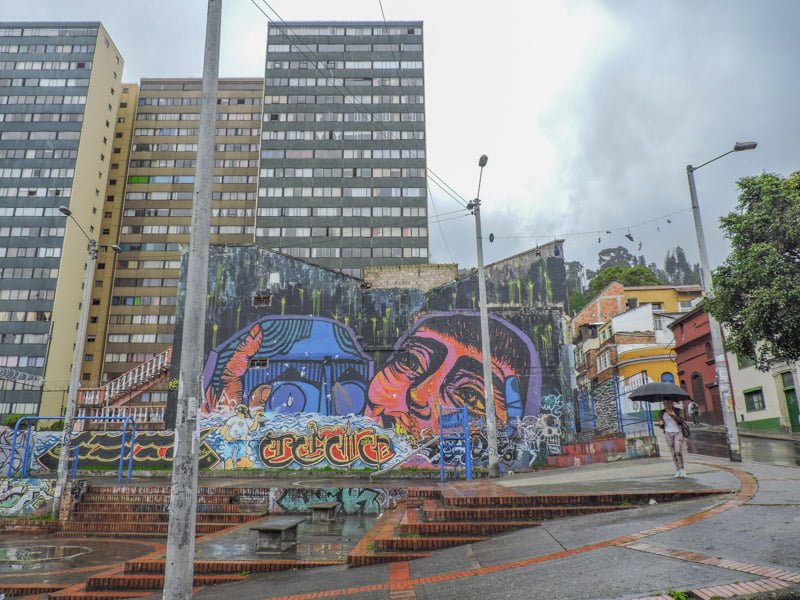Bogotá Did you know that it rains most days in Bogotá, Colombia’s capital? I know, total bummer when you arrive in Colombia expecting tropical weather. Regardless of the dull weather and grey buildings, Bogota is actually a pretty colourful city. One of the coolest things to do in Bogotá is to check out the street art, […]
Category Archives: Colombia
Ridiculously useful Colombia travel guides, itineraries, packing lists, tours and day trips.
Ah, Laguna de Guatape: known as one of Colombia’s most colourful small towns, Guatape makes an excellent getaway from the hustle and bustle of nearby Medellin. Whether you want to slow down and relax, partake in adventure activities, or simply take in the views from Laguna de Guatape’s famous El Penol viewpoint, a Guatape day […]
Popayán, one of the Colombian destinations we never quite made it to , but it gives us an excuse to go back! Luckily for us, Katie from What’s Katie Doing has been and was happy to share her experience of this south-western Colombian city. Here are the details on where to stay and things to do in Popayán, Colombia. Hey […]
For me (Dane from Holiday from Where guest posting to fill in Gemma and Craig’s Colombia travel gaps), Barranquilla was the full Colombian experience; beauty, danger, dancing, tropical beaches, the incredible culture of the Colombian people, and not to forget the buzzing El Carnaval de Barranquilla. Read our extensive Colombia travel guide Why You Shouldn’t […]
Did you know that it rains most days in Colombia’s capital, Bogota? I know, it was a surprise to me (Gemma) too! Hence the greater need to find cool things to do in Bogota come rain or shine. Here’s a lowdown on the two distinct areas of Bogota, La Candelaria v Chapinero, where you’ll find accommodation, food, […]





